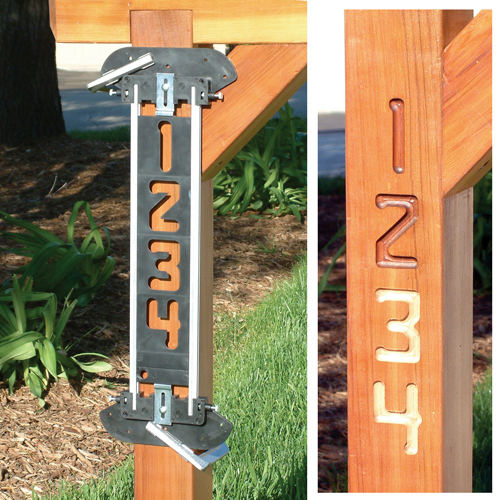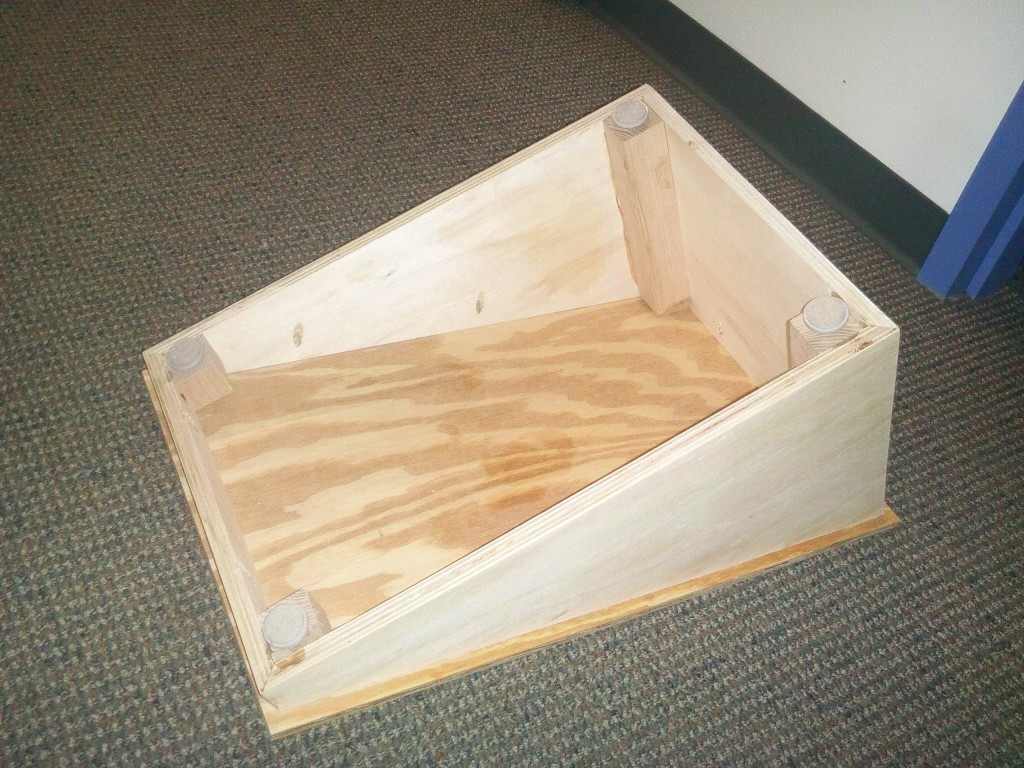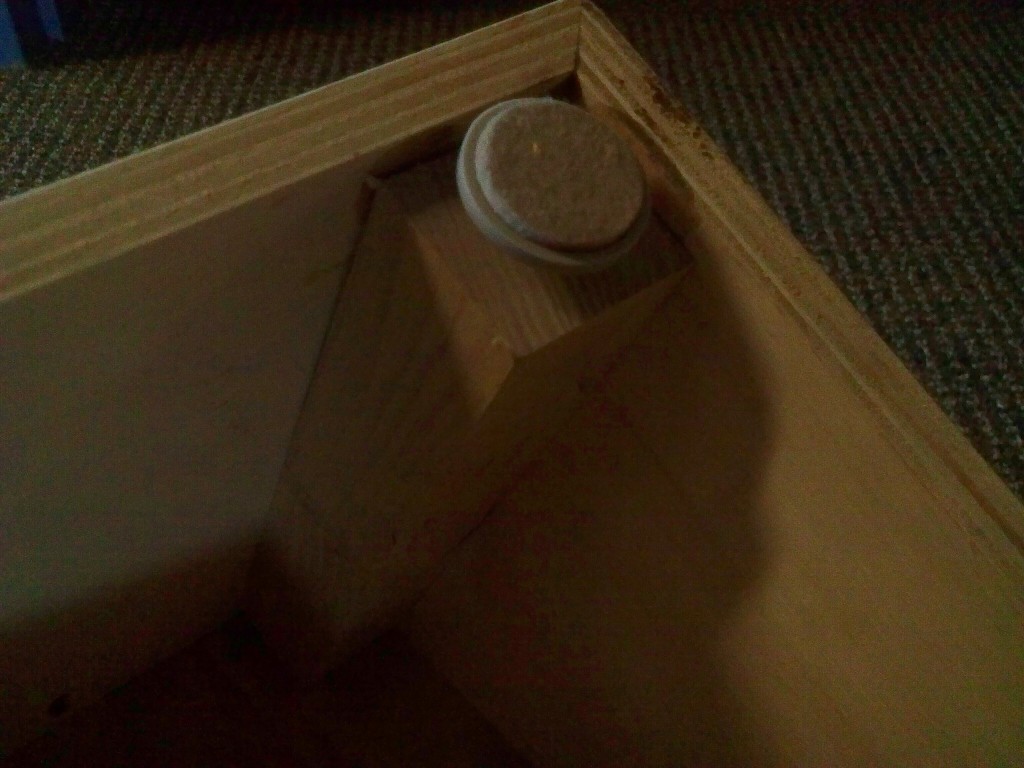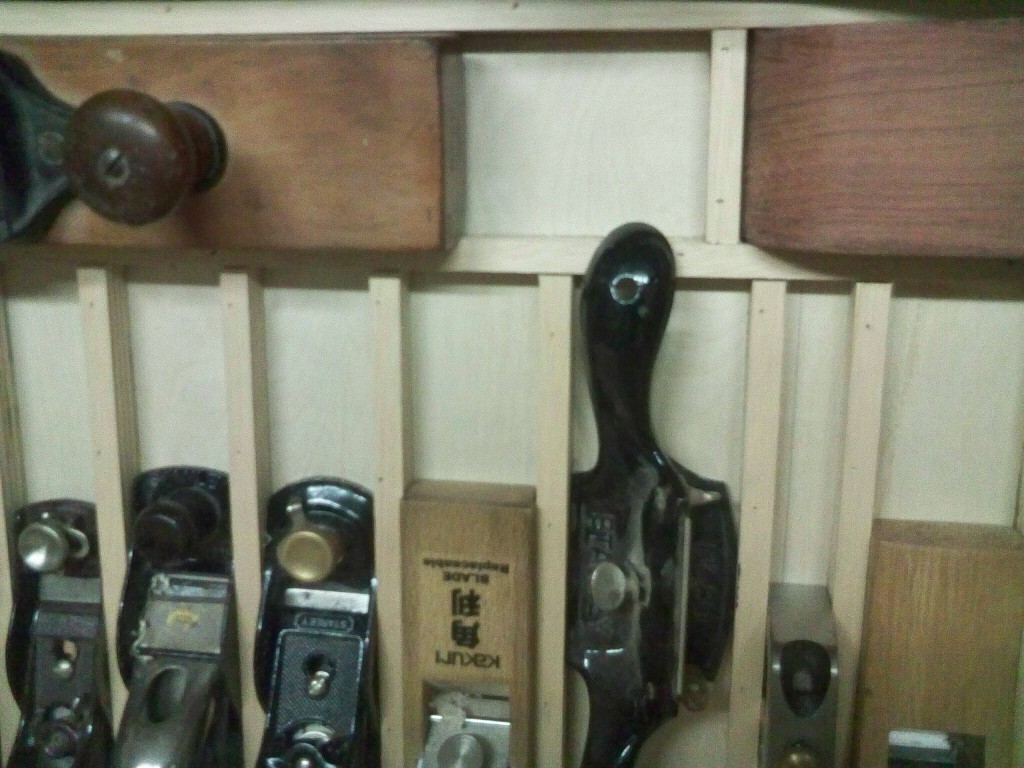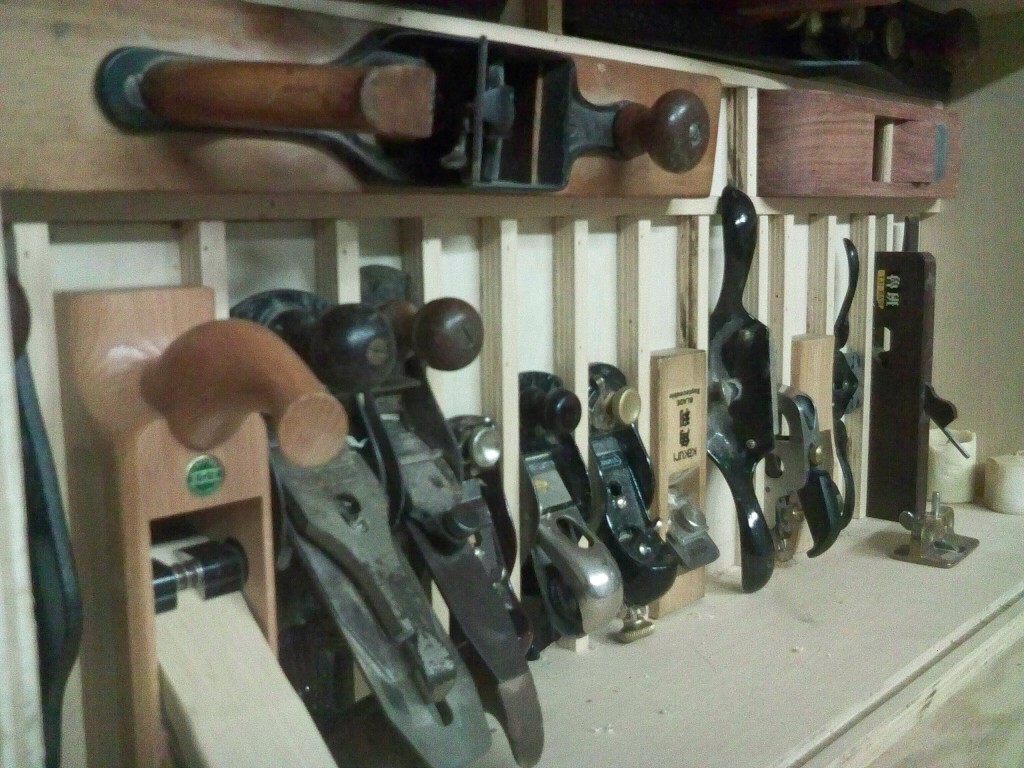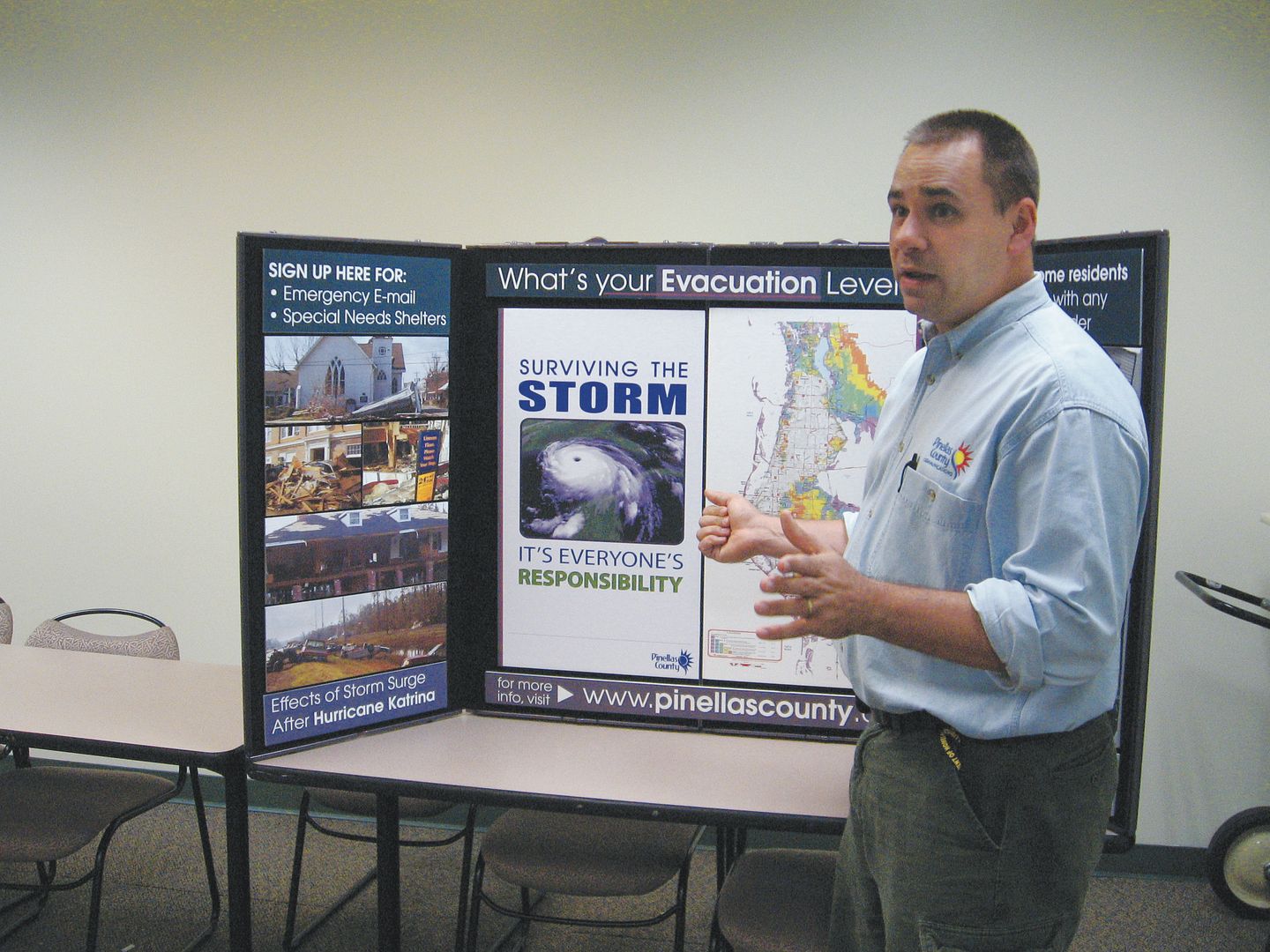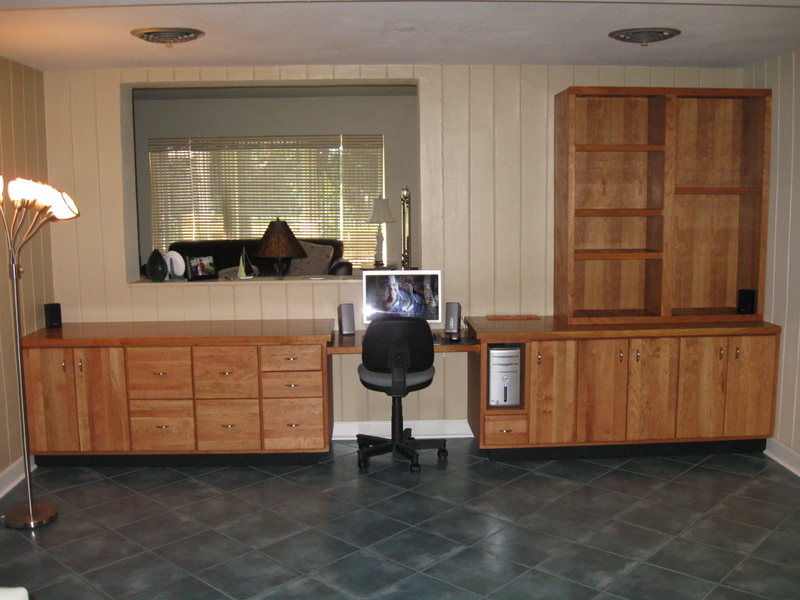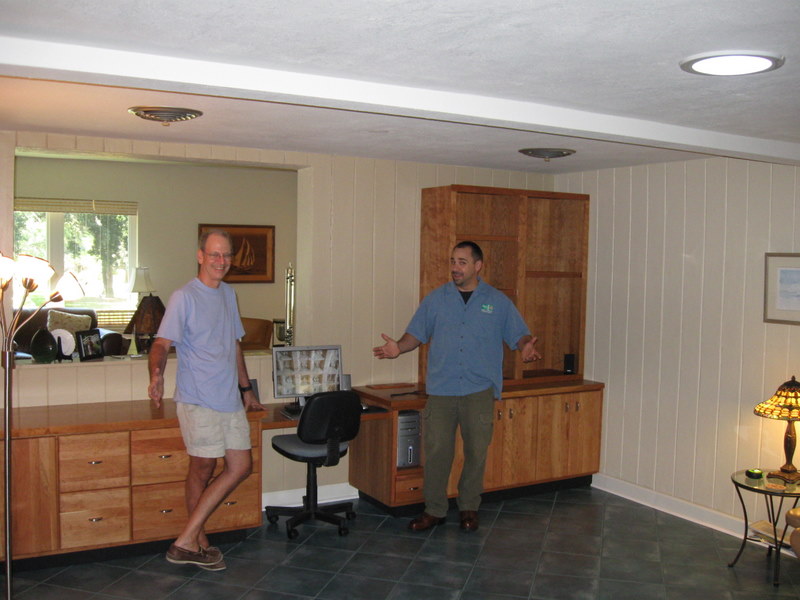I love my home. Built in 1980, it’s your average Florida ranch. Three bedrooms, two baths, a separate living and family room and a two car shop – err – I mean garage.
Sure, there are parts of the house that I’m not crazy about, but I can deal with. Our dining room is kind of in an awkward place – the pass through from the front to the back part of the house – but we’re coping with that.
But, the real deficiency lies in our kitchen. Don’t get me wrong, I love our kitchen. It’s an open, airy space in the middle of the house. Perfect for entertaining, because you can see everything. During a party, it’s the gathering spot. There’s plenty of counter space for food prep, small appliances and the like. And, since we replaced the counter tops, it’s looked very good.
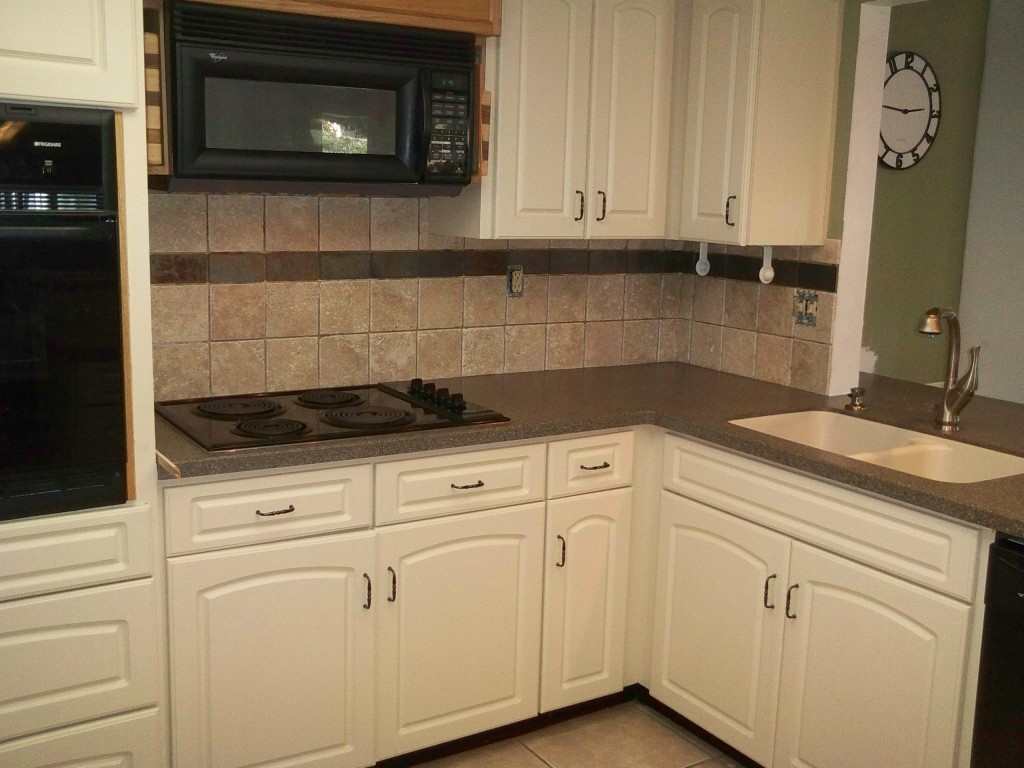
The problem lies in our kitchen cabinets. As you would expect from a house of this vintage in Florida, they are laminate particleboard. We had them refaced back in 1998 with new thermofoil doors. They look good and are still in decent shape. But the storage is awful. Abysmal. Let’s face it, it stinks.
They consist of large boxes that appear to have been built in place when the home was built. There is the sink bank of cabinets… not bad with the sink and dishwasher. The oven stack is OK, with a relatively unusable cabinet at top, but three VERY useful drawers below the hot box.
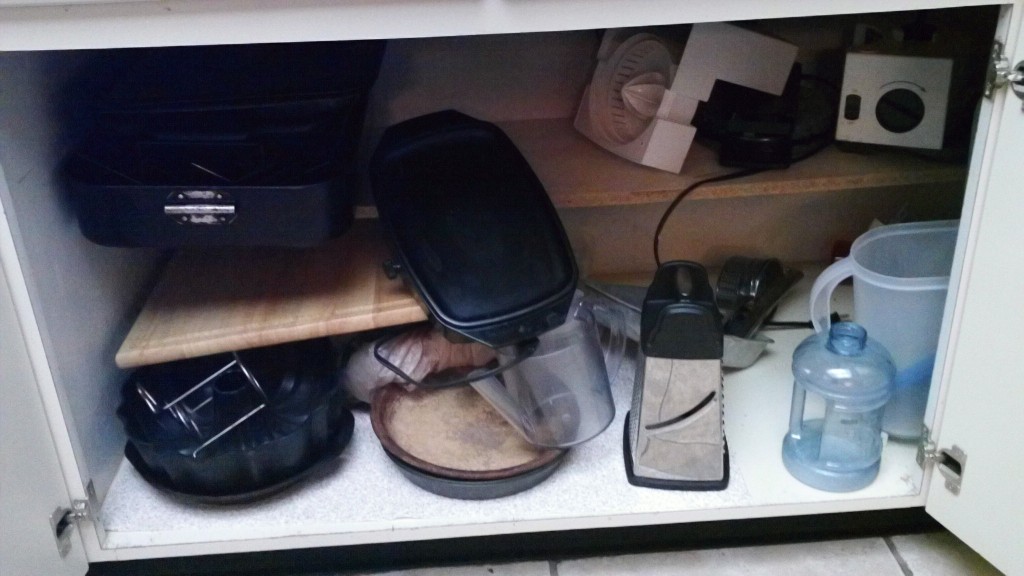
The areas of concern are under the stove and under the peninsula. The stove side has three doors. The door closest to the sink area is a small one, and the two doors under the stove open to an area with plain Jane storage and a short, useless shelf. A similar area exists under the peninsula area – two doors opening to a worthless storage area.

I had attempted years ago to make the area under the peninsula more useful by building a pull out tray. It helped, but I built it wider than a single door, which means that both doors have to be opened to gain access. Plus, there’s no upper rolling shelf, which means we’re back to shoving stuff in there hoping it won’t fall…
Well, there’s the rub. My wife and I are both very busy people, and we don’t have the time to pull everything out and reorganize after washing the dishes – carefully restacking everything into a stable, compact form. Plus, we’re asking the kids to do more chores around the house… and they don’t always get the point that they need to be careful in restacking.
Well, today – a week after we broke a Corian bowl – there was another one of those slip-bang-clatter louder-than-it-should-be wife-screams-in-surprise moments when all the baking pans spilled out over the floor. All metal today… nothing fragile. Exeept my nerves…
“THAT’S IT!” I exclaimed. “I’m going to the home improvement center and building pull out shelves!”

I took some brief measurements and sketched my idea out onto a piece of paper. Then, I was into the van over to the Home Depot to buy a sheet of plywood, a 2 x 8 southern yellow pine board and eight pairs of 20 inch cabinet slides. This afternoon, I ripped the 2 x 8 into all of the pieces I needed for the frames and supports. I’m building this with pocket screws and glue – no fancy joinery here. My goal is to get these eight pull out trays built and in place before I go back to work on January 3.
It’s not what I planned on doing this break – however – the cost of replacing our kitchen equipment is getting steeper and steeper. I’m hoping to show you a few step by step pictures… but today, I have an appointment to go see something special that involves woodworking.
Look for an interesting article on Wednesday…
Until then, hey, I have a date with my Kreg jig to do a little work…
5:30 p.m. EST update
Yeah, boy! Take that 1980 Florida home designer…
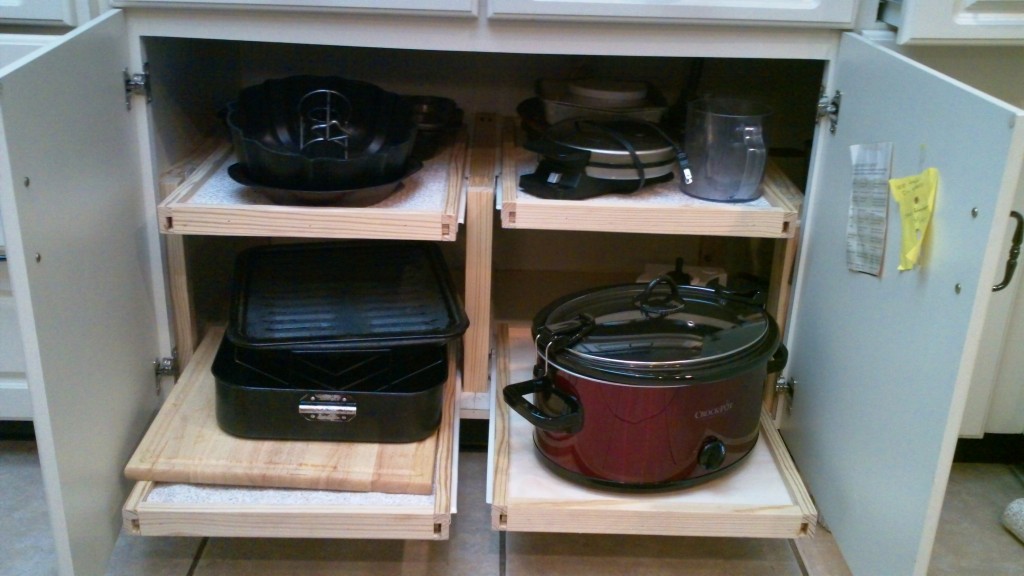 Gimme a day off from work, access to the shop and I’m off to the races… Here’s a shot from under the stove – the results of one day’s work. But, now, it’s time to take my patient wife out for dinner…
Gimme a day off from work, access to the shop and I’m off to the races… Here’s a shot from under the stove – the results of one day’s work. But, now, it’s time to take my patient wife out for dinner…
More work tomorrow…









